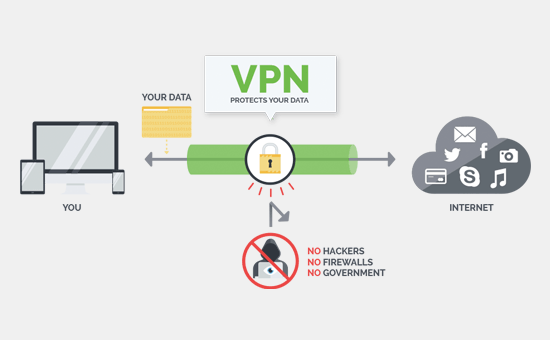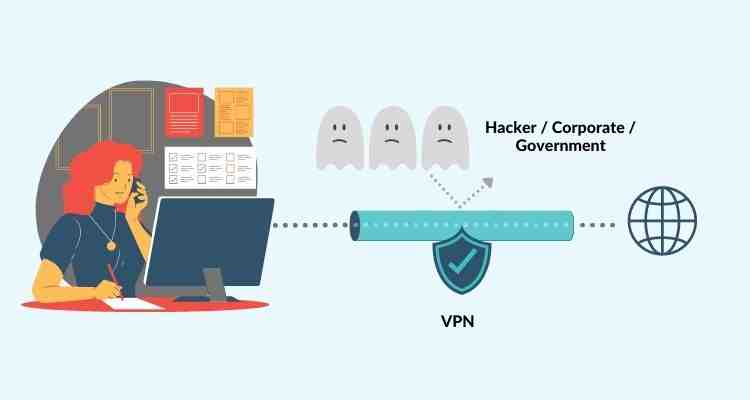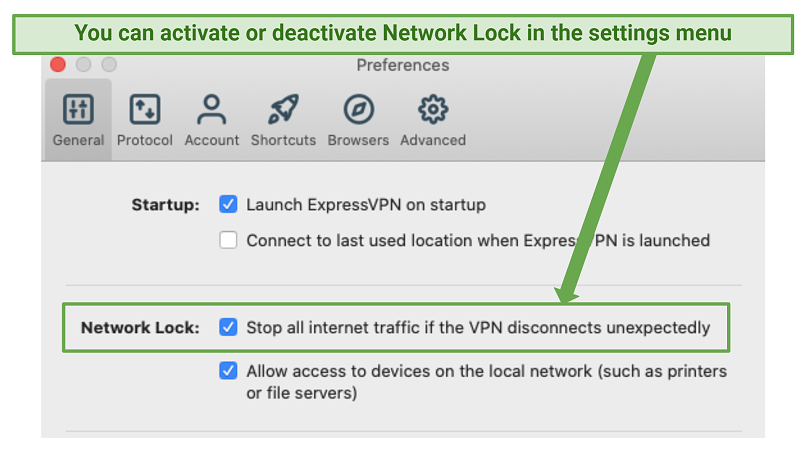What are firewall zones?

Each zone consists of a single interface or a group of interfaces, to which a security policy is applied. These zones are typically separated with a layer 3 device such as a firewall. In a very broad sense, a firewall is used to monitor traffic destined for and originating from a network.
What are areas in the network? A network security zone is an administrative name for a collection of systems that require the same access control policy. IP addresses are used to map systems into security zones.
What are zones in security?
A security zone is a group of interfaces to which a security policy can be applied to control traffic between zones. For ease of deployment, the Cisco ISA500 has several predefined zones with default security settings to protect your network.
What are the four different security zones?
We also discussed types of security zones, controlled, controlled and restricted.
What is the most common type of firewall?

Packet filtering firewalls, the most basic type of firewall, examine packets and prevent them from passing if specific security rules are not met.
What is a firewall and its type? A Firewall is a security solution for computers or devices that are connected to a network, they can be either in the form of hardware or in the form of software. It monitors and controls incoming and outgoing traffic (the amount of data moving across a computer network at any given time).
What are the 3 types of firewalls?
According to their structure, there are three types of firewalls – software firewall, hardware firewall, or both.
What are the main types of firewalls?
The 5 different types of firewalls explained
- packet filtering firewall.
- circuit-level gateway.
- application-level gateway (aka firewall proxy)
- stateful inspection firewall.
- next generation firewall (NGFW)
Which type of firewall is the most secure one?
Of the three types of firewalls, a proxy firewall is the most secure. The concept works the same as using a middle man to receive sensitive materials for you, inspecting them in a secure location, then handing them over to you once they are declared “safe”.
What OSI layer is firewall?

A firewall usually works at layer 3 and 4 of the OSI model. Layer 3 is the Network Layer where IP works and Layer 4 is the Transport Layer, where TCP and UDP work.
What is Layer 3 firewall? Layer 3 firewalls filter traffic based on the TCP/IP stack. This approach is sometimes also called packet filtering, because it essentially allows and blocks individual network packets depending on where they originate and the ports they want to talk to.
Is firewalls layer 2 or 3?
However, firewalls typically operate at Layers 3 and 4, the network and transport layers. The network layer enables the transfer of data between two networks and performs routing functions, while the transport layer manages, sends and receives end-to-end communication between devices by dividing the data into segments.
Is firewall a layer 4?
Layer 4 firewalls provide the aforementioned functions, as well as the ability to monitor current Internet connections or allow/deny traffic based on the condition of those connections (ie packet state investigation).
How many firewalls are there?

Four Types of Firewalls. Firewalls are also categorized according to how they operate, and each type can be installed either as software or a physical device. Based on their method of operation, there are four different types of firewalls.
What are the 3 types of firewalls? Firewall delivery methods
- Hardware-based firewall. A hardware-based firewall is an appliance that acts as a secure gateway between devices inside the network perimeter and those outside it. …
- Software-based firewall. A software-based firewall, or host firewall, runs on a server or other device. …
- Cloud / hosted firewalls.
What are the five types of firewalls?
Today, five types of network firewalls differ in how they evaluate traffic and affect network performance. The different types of network firewalls are packet filtering firewalls, circuit-level gateways, stateful inspection firewalls, application or proxy firewalls, and next-generation firewalls.
What are the 2 main firewalls?
The most common types of firewalls based on operating methods are: Packet filtering firewalls. Firewall proxy.
